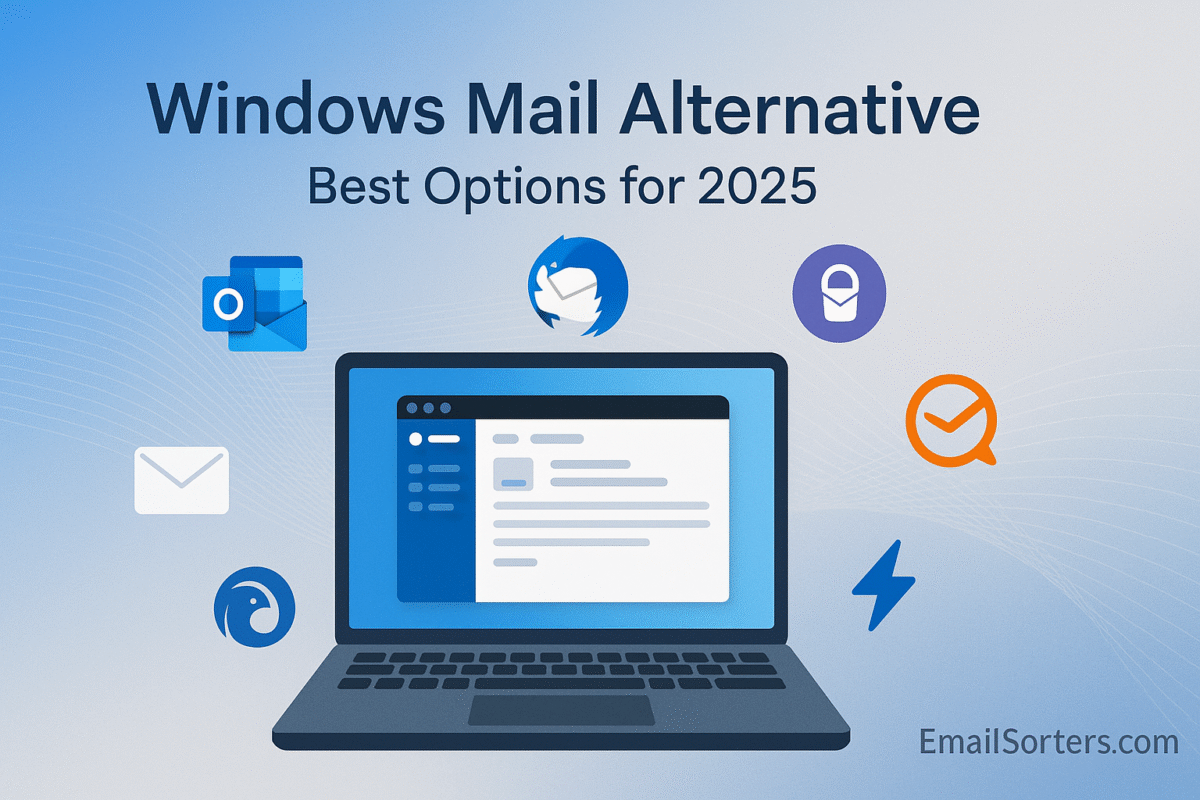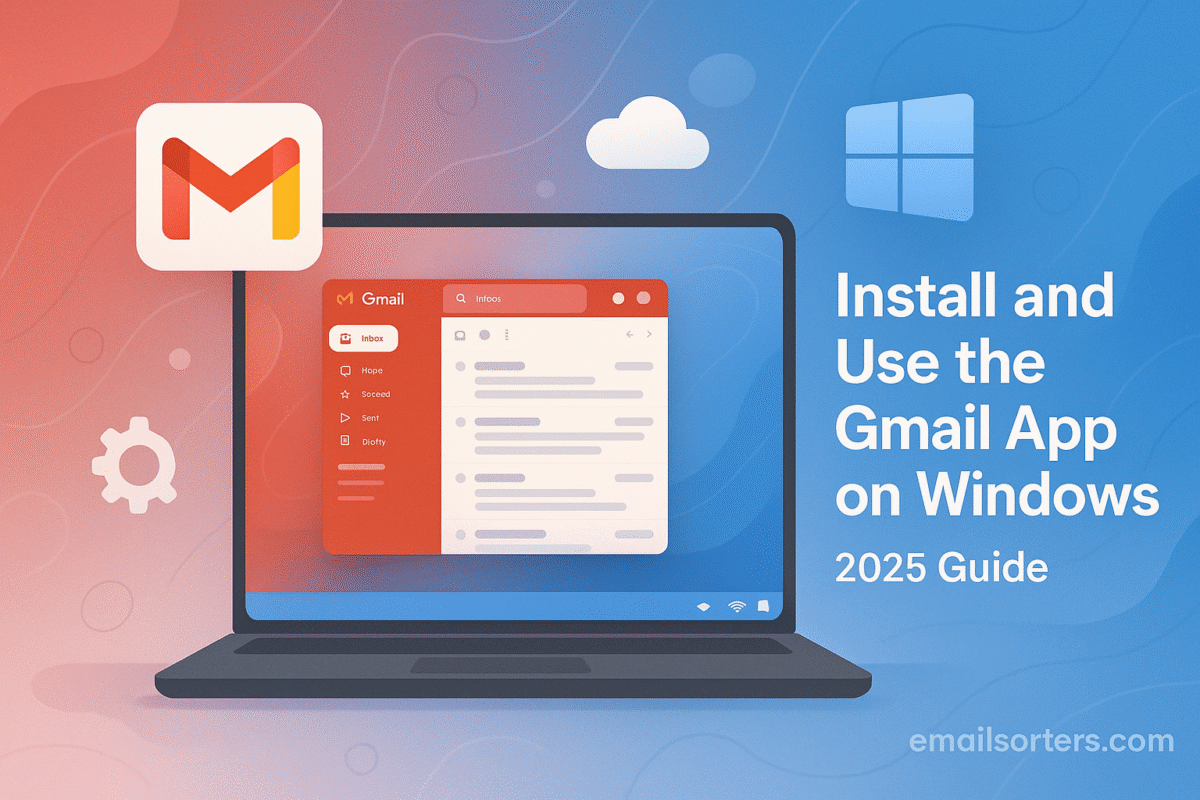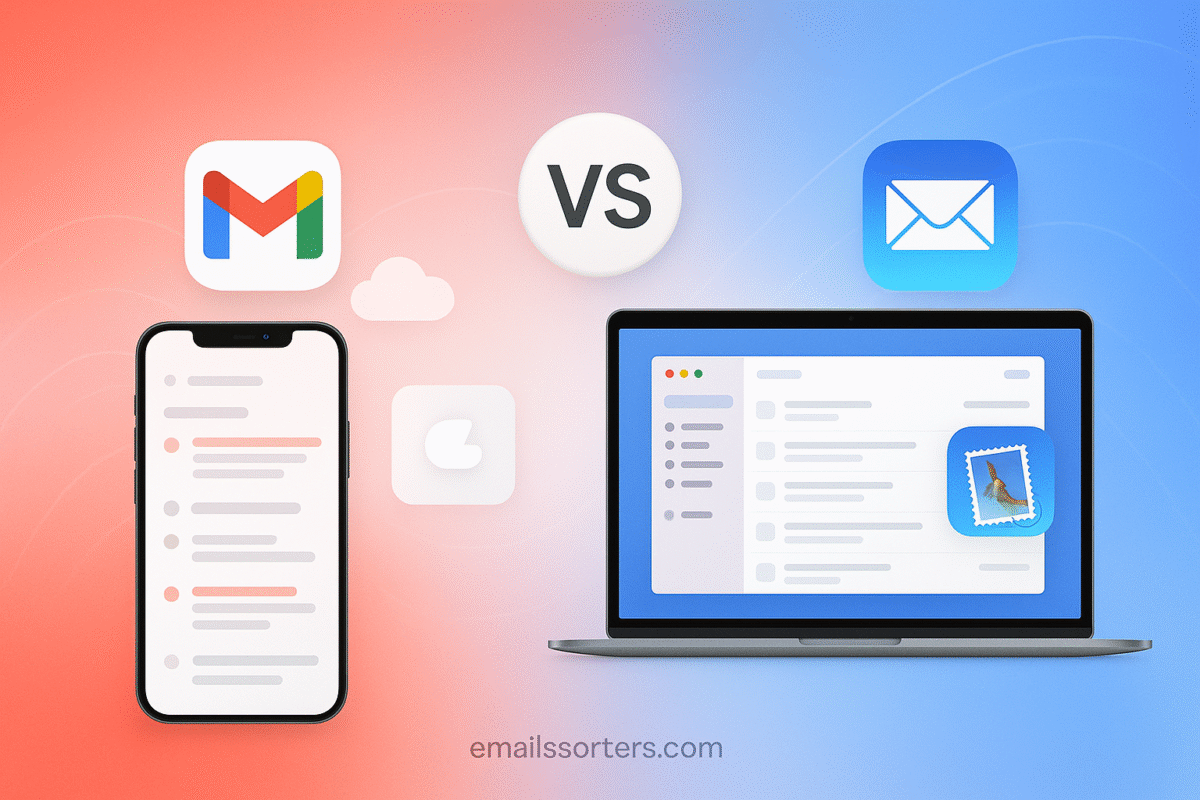Understanding email clients is the first step toward taking full control of your digital communication. In an era dominated by browser-based applications, many people rely on webmail to manage their inboxes. However, while webmail is convenient, dedicated email clients offer a suite of powerful features designed to enhance productivity, improve organization, and provide a more integrated experience. This guide will explore what email clients are, their key benefits, the top options available for desktop and mobile, and how to choose the right one for your needs.
What is an Email Client?
An email client is a dedicated software application that you install on your computer or mobile device to send, receive, and manage your email. It acts as your personal command center for all your email communication, connecting to one or more email accounts to bring all your messages into a single, cohesive interface.
A Dedicated Application for Your Email
The key difference between an email client and webmail is how you access your messages. Webmail (like logging into Gmail.com or Yahoo.com) is accessed through a web browser. It is a website. An email client, on the other hand, is a standalone program like Microsoft Outlook, Apple Mail, or Mozilla Thunderbird. It runs independently of your browser and integrates more deeply with your device’s operating system.
How Email Clients Work: IMAP and POP3
Email clients use standardized protocols to communicate with email servers. The most common protocol today is IMAP (Internet Message Access Protocol). IMAP synchronizes your email client with the server, meaning any action you take in the client, such as reading a message, moving it to a folder, or deleting it, is instantly reflected on the server and on any other device connected to that account. POP3 (Post Office Protocol 3) is an older protocol that downloads emails to a single device, often deleting them from the server. Nearly all modern email clients use IMAP for a seamless, multi-device experience.
The Unified Inbox: A Key Advantage
Perhaps the single greatest advantage of using an email client is the ability to manage multiple email accounts from different providers in one place. You can connect your personal Gmail account, your work account, and any other email addresses you own into a single application. Most clients offer a “unified inbox” feature that combines all incoming messages into one stream, saving you the hassle of logging in and out of multiple websites.
Why Use a Dedicated Email Client in 2025?
With webmail interfaces becoming more powerful every year, some users question the need for a separate desktop application. However, dedicated email clients offer several compelling advantages that make them the preferred choice for power users and professionals.
Enhanced Productivity and Workflow
Email clients are built for efficiency. They offer robust keyboard shortcuts, advanced sorting and filtering capabilities, and powerful rule-based automation that often surpasses what is available in a web interface. You can create complex rules to automatically file, flag, or forward messages, helping to keep your inbox organized and manageable. For a deeper dive into managing a professional inbox, you can explore these Windows Mail alternatives.
Superior Offline Access
A major benefit of an email client is its ability to work offline. The application downloads a copy of your emails to your device. This means you can read, search, and even compose replies to your messages when you do not have an internet connection, such as on a plane or in an area with poor connectivity. The client will automatically send your composed messages as soon as you are back online.
Advanced Features and Integrations
Desktop email clients often support a rich ecosystem of plugins and extensions that can add powerful new functionality. These can range from calendar integrations to task management tools and even advanced encryption services. This level of customization allows you to build a communication hub that is perfectly tailored to your specific workflow.
A Look at the Top Desktop Email Clients
The market for desktop email clients is diverse, with several excellent options available. The best choice often depends on your operating system and your specific needs.
Microsoft Outlook: The Professional Standard
Microsoft Outlook is the go-to email client in the corporate world and for users of the Microsoft 365 suite. Its greatest strength is its deep integration with other Microsoft services. It combines email, a powerful calendar, contact management, and a task list into a single, all-in-one productivity hub. Its advanced features for rule creation, mail merge, and managing shared mailboxes make it an indispensable tool for many businesses.
Apple Mail: The Seamless Default for Mac and iPhone
For users who are invested in the Apple ecosystem, the native Apple Mail client is an excellent choice. It is known for its clean, intuitive interface and its seamless integration with macOS and iOS. It works flawlessly with iCloud accounts and offers robust support for other providers like Gmail and Exchange. The debate over Gmail vs Apple Mail often comes down to personal preference and ecosystem loyalty.
Mozilla Thunderbird: The Open-Source Powerhouse
Mozilla Thunderbird is a free, open-source, and cross-platform email client that is beloved by users who prioritize customization and privacy. It is incredibly flexible, with a vast library of add-ons that can change its appearance and add new functionality. Thunderbird’s strong commitment to security and open standards makes it a trusted choice for users who want to maintain control over their data. For an in-depth look, check out this Thunderbird email review.
Exploring the Best Mobile Email Clients
On mobile devices, the choice of email client is just as important. A good mobile client can make the difference between a productive and a frustrating experience on the go.
The Native iOS Mail App
The default Mail app on the iPhone is a clean, simple, and reliable client that handles the basics of email with ease. It supports virtually all account types and integrates perfectly with the iOS operating system. Its simplicity is its greatest strength, making it an excellent choice for users who want an uncluttered and straightforward email experience.
The Gmail App for Mobile
The official Gmail app, available for both iOS and Android, is a powerhouse of features. It brings Gmail’s incredibly fast search capabilities, smart categorization (like the Primary, Social, and Promotions tabs), and AI-powered features like Smart Compose to your mobile device. For heavy Gmail users, it is often the best choice, even on an iPhone. Many consider it the best iPhone email app for its combination of power and simplicity.
The Rise of Unofficial Desktop Apps for Webmail Services
A modern trend in email management is the emergence of third-party applications that provide a desktop experience for webmail services, particularly Gmail.
Why Users Seek a Desktop Experience for Gmail
While Gmail’s web interface is incredibly powerful, it still lives inside a browser tab. This means it has to compete for attention with dozens of other open tabs, and it lacks the focused, native feel of a standalone application. Many users crave a dedicated space for their email, free from the distractions of the web browser.
The Concept of a “Gmail Desktop App”
To meet this demand, numerous developers have created “wrapper” applications. These are essentially dedicated, lightweight browsers that are designed to display only the Gmail web interface. This provides a focused, app-like experience with its own icon in the dock or taskbar. It allows users to have a Gmail desktop app without having to configure a traditional client. There are specific options available, whether you are looking for a Gmail app for Mac or a Gmail app for Windows.
Key Features of a Modern Email Client
Today’s email clients are much more than simple tools for sending and receiving messages. They have evolved into comprehensive communication and organization platforms.
Beyond Sending and Receiving
A modern email client acts as a central hub for your professional and personal life. It integrates multiple functions to help you manage your time, organize your contacts, and stay on top of your tasks. When choosing a client, you should look for a robust set of features that can support your entire workflow.
Essential Features to Look For
When evaluating different email clients, here are some of the most important features to consider:
- Unified Inbox: The ability to view messages from all your different email accounts in a single, combined list.
- Advanced Search: Powerful search functionality with filters and operators to help you find any message, contact, or attachment instantly.
- Calendar Integration: A built-in calendar that can sync with services like Google Calendar and others, allowing you to manage your schedule directly within the app.
- Contact Management: A rich address book that can store detailed information about your contacts and sync across your devices.
- Customization and Automation: The ability to create rules, filters, and templates to automate repetitive tasks and keep your inbox organized.
- Security Features: Strong support for encrypted connections, robust spam filtering, and sometimes even built-in support for end-to-end encryption.
Frequently Asked Questions
1. What is the main difference between an email client and webmail?
An email client is a dedicated software program that you install on your computer or phone, such as Microsoft Outlook or Apple Mail. Webmail is a service that you access through a web browser, like logging into Gmail.com. The key difference is that a client downloads and stores your data locally on your device, providing superior offline access and deeper integration with your operating system, while webmail is entirely based in the cloud.
2. Can I use multiple email addresses from different providers in one email client?
Yes, this is one of the most significant advantages of using an email client. You can add your Gmail account, your Yahoo account, your work (Microsoft Exchange) account, and your personal domain email all into a single application. Most clients then allow you to view all your messages in a unified inbox, making it easy to manage all your communication from one place.
3. If I delete an email in my email client, is it also deleted from the server?
If you are using the IMAP protocol, which is the modern standard for email setup, then yes. IMAP is designed to synchronize all actions between your client and the email server. Any change you make in the client—such as deleting a message, moving it to a folder, or marking it as read—will be instantly reflected on the server and, consequently, on any other device you use to access that account.
4. Are email clients more secure than webmail?
The security of your email depends on the specific client you use and your own security practices. A reputable, modern email client that uses secure, encrypted connections is very safe. Likewise, major webmail providers like Google and Microsoft have world-class security teams protecting their servers. A key advantage of using a client is that you have a local copy of your emails, which gives you a personal backup and more control over your data if you were to ever lose access to your online account.
5. Do I need a special email client for my work (Microsoft Exchange) account?
While Microsoft Outlook is the email client that is specifically designed to work best with Microsoft Exchange servers, it is not your only option. Most modern email clients, including the native mail apps on both iOS and macOS, have built-in support for connecting to Exchange accounts. You will be able to sync your email, calendar, and contacts without needing to use Outlook, although Outlook often provides the most seamless and feature-rich experience.




